Top 10 Interesting Facts about Jupiter
Jupiter was aptly named after the gods' monarch. It is the largest planet in the Solar System, has the strongest magnetic field, and has the most moons. ... read more...Despite the fact that it has been known to astronomers since antiquity, the development of the telescope and contemporary astronomy has taught us a great deal about this gas giant. In conclusion, there are a ton of fascinating facts regarding this gas giant that are just unknown to many people. If you have any curiosity about this planet, let's follow Toplist to discover some interesting facts about Jupiter.
-
Although Jupiter is the largest planet in the solar system, how huge is it really? Scientist Alan Boss estimates that the gas giant is around 318 times as large as Earth. Jupiter would still be 2.5 times bigger if the masses of all the other planets in the solar system were united into one "super planet."
According to NASA Science, Jupiter has a mean radius of 43,440.7 miles (69,911 kilometers). That is roughly one hundredth the size of the sun. Acta Astronautica reports that due to its quick rotation, which occurs once every 9.8 hours, it bulges at the equator, where its diameter is 88,846 miles (142,984 km). The diameter at the poles, however, is only 83,082 miles (133,708 km). An oblate spheroid is a name given to this stretched shape.
According to NASA data, it would take over 10 times as long to walk around Jupiter's equator as it would go around the Earth. The distance would be 272,946 miles (439,264 km).
But it has an intriguing feature. Jupiter would actually become smaller if it gained any additional mass. The planet would become denser with more mass, which would force it to begin drawing inward. Jupiter might eventually have four times as much mass as it does now and still be around the same size, according to astronomers.
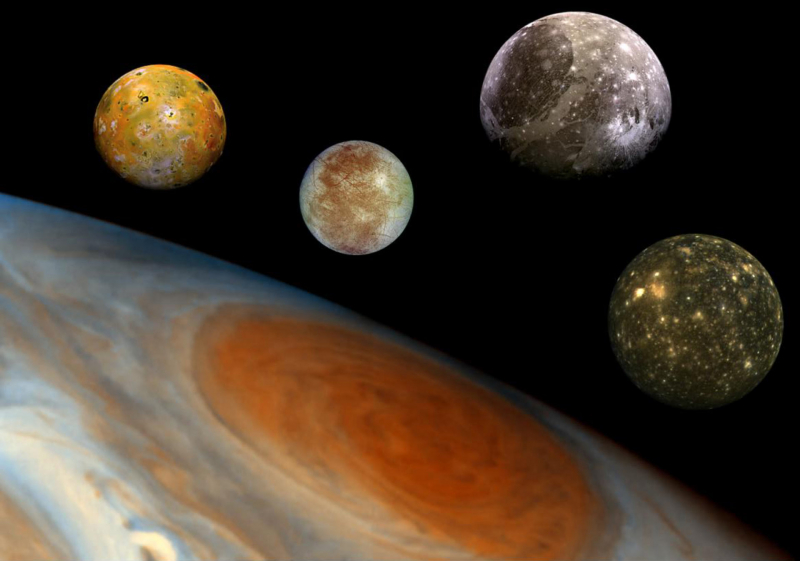
Photo: sci.news 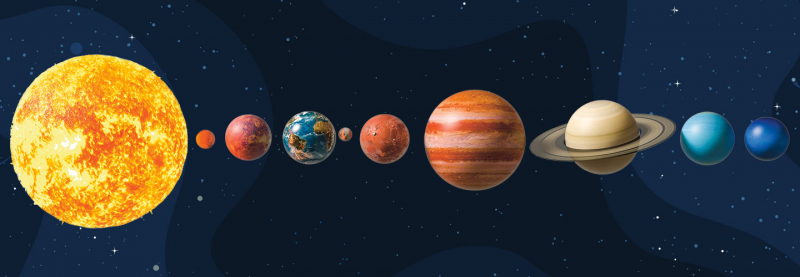
Photo: sn3.scholastic -
A well-known feature of Jupiter is the Great Red Spot, it is one of the interesting facts about Jupiter. The diameter and height of this persistent anticyclonic storm, which is south of the equator, range from 24,000 km to 12–14,000 km. As a result, it has enough space to hold two or three planets with a diameter comparable to Earth's. And because it was first discovered in the 17th century, the location has existed for at least 350 years.
In the year 1665, Italian astronomer Giovanni Cassini made the first observation of the Great Red Spot. Astronomers theorized that it was a storm during the 20th century, one that was caused by Jupiter's turbulent and rapidly moving atmosphere. The Voyager 1 mission, which studied the Giant Red Spot up close during its flyby of the planet in March 1979, supported these theories.
However, it seems to have been becoming smaller ever since. The size was believed to be 40,000 km in the 17th century based on Cassini's measurements, which is near twice as big as it is today. Although they are unsure about when or if it will ever completely vanish, astronomers are reasonably confident that another one will appear someplace else on the planet.
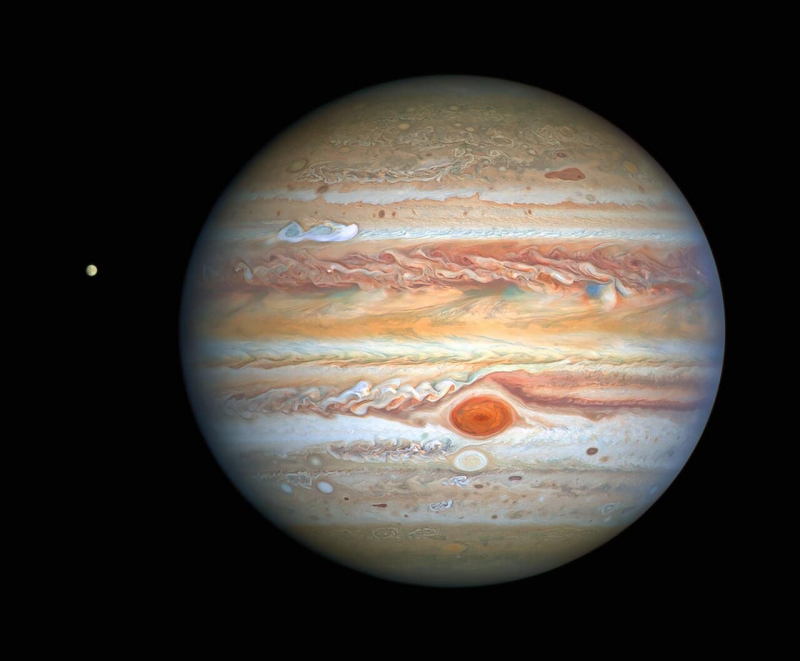
Photo: techexplorist 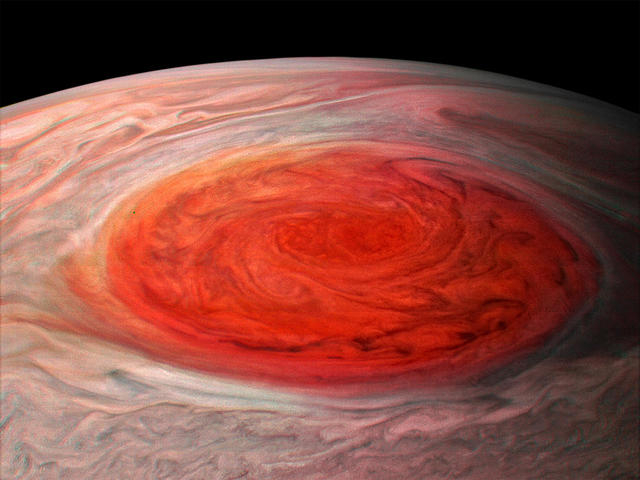
Photo: cbsnews -
Naturally, when people think about ring systems, they picture Saturn. In actuality, however, both Uranus and Jupiter have separate ring systems. Due to their extreme faintness, Jupiter's were the third set to be found (after the other two). The three main segments of Jupiter's rings include an inner torus of particles called the halo, the main ring that is quite bright, and an outer gossamer ring.
It is generally accepted that the material in these rings came from debris that its moons ejected after being hit by meteorite impacts. The moons of Thebe and Amalthea are assumed to form the two separate parts of the dusty gossamer ring, while the moons of Adrastea and Metis are thought to produce the material that makes up the main ring.
Due to Jupiter's tremendous gravitational pull, this material went into orbit around Jupiter (rather than back to their individual moons). As some of the ring's material veers toward Jupiter and new material is contributed by additional impacts, the ring is regularly both depleted and replenished.
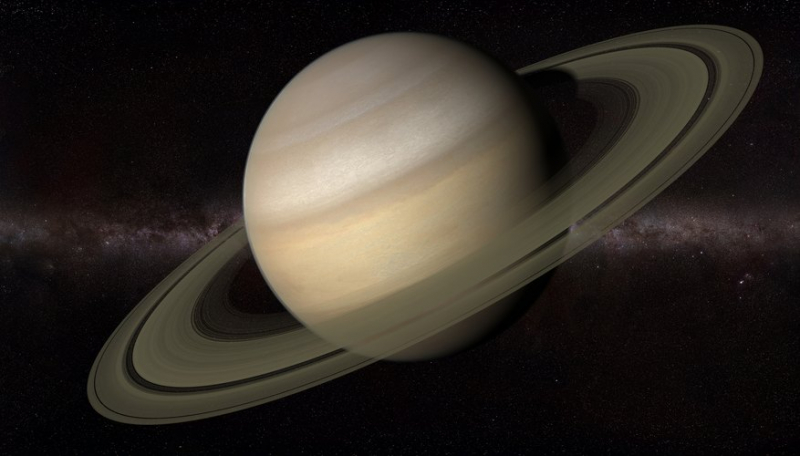
Photo: sciencing 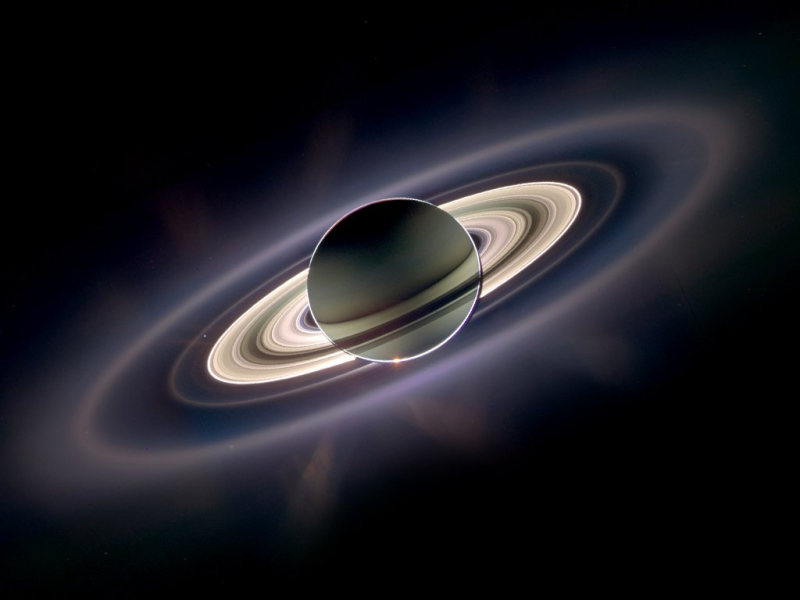
Photo: universemagazine -
On Jupiter, compasses would actually function. That's because it boasts the Solar System's strongest magnetic field. Eddy currents, or the swirling motions of conducting materials, are thought by astronomers to be the source of the magnetic field within the liquid metallic hydrogen core. The sulfur and oxygen ions produced by the volcanic eruptions on Io are trapped in this magnetic field as sulfur dioxide particles. These combine with hydrogen ions from Jupiter's atmosphere to generate a plasma sheet in the planet's equatorial plane.
Further out, the solar wind and magnetosphere interact to produce a bow shock, a hazardous band of radiation that can harm spacecraft. The magnetosphere surrounds Jupiter's four largest moons, shielding them from the solar wind but also making it difficult to build colonies on their surfaces. Intense radio emission bursts from Jupiter's polar regions are also caused by the magnetosphere of the planet.
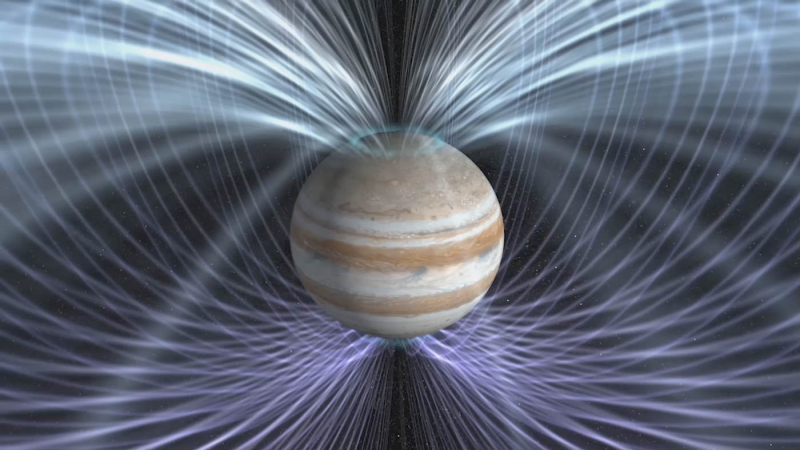
Photo: universetoday 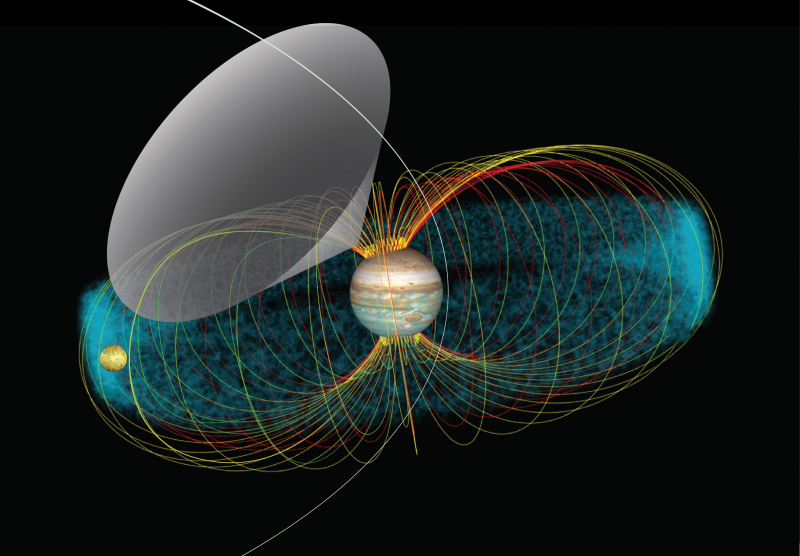
Photo: jpl.nasa -
Without taking into account the number of moonlets that the inner moons are likely to drop, there are 80 known moons of Jupiter is one of the interesting facts about Jupiter. They come together to form the Jovian system, a constellation of satellites. The four Galilean moons—Io, Europa, Ganymede, and Callisto, were the first objects identified to circle a body other than the Earth or the Sun and are the most massive of the moons. They were independently discovered in 1610 by Galileo Galilei and Simon Marius. Numerous far smaller Jovian moons have been discovered much more recently, starting in 1892, and have been given the names of the lovers or daughters of the Roman god Jupiter or his Greek counterpart Zeus. With the remaining 76 known moons and the rings together making up just 0.003% of the total orbiting mass, the Galilean moons are by far the largest and most massive objects to circle Jupiter.
Eight of Jupiter's moons are regular satellites, having prograde orbits that are almost circular and just slightly inclined to Jupiter's equatorial plane. Galilean satellites would be regarded as at least dwarf planets if they were in a direct orbit around the Sun because they are almost spherical due to their planetary mass. The four additional regular satellites, which are smaller and located closer to Jupiter, are where the dust from Jupiter's rings is sourced. The remaining moons of Jupiter are irregular satellites with high inclinations and eccentricities, prograde and retrograde orbits that are significantly distant from Jupiter. Jupiter most likely plucked these moons from their solar orbits. Of the erroneous satellites, 23 have not yet received official names.
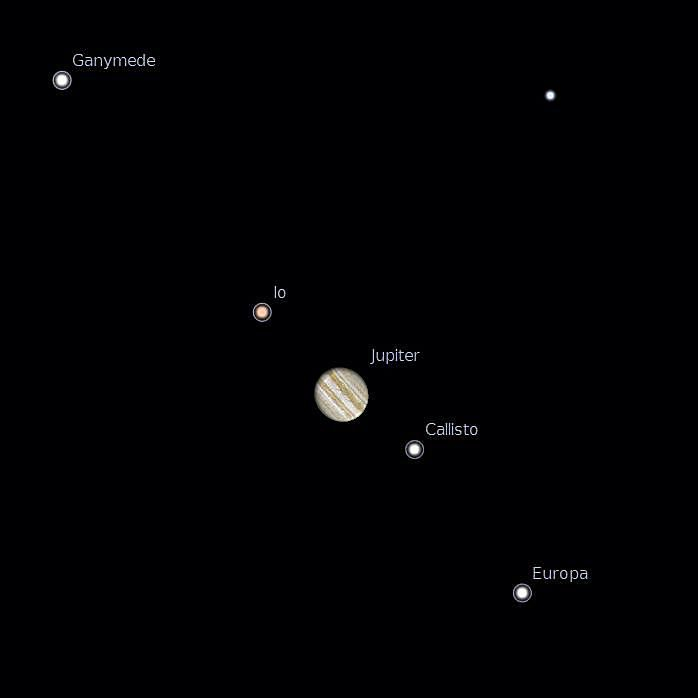
Photo: thoughtco Source: Engineering Made Easy youtube channel -
By using automated spacecraft to make up-close studies, Jupiter has been explored. It started in 1973 with the entry of Pioneer 10 into the Jovian system and has since continued with eight further spacecraft missions as of 2016. The National Aeronautics and Space Administration (NASA) carried out each of these missions, and all but two were flybys that collected extensive data without making a landing or entering orbit. Since all missions to the outside Solar System have employed flybys of Jupiter, this makes Jupiter the Solar System's outer planet that has been visited the most. The second spacecraft to ever accomplish so, Juno arrived and entered the planet's orbit on July 5, 2016. Large fuel consumption and the impacts of Jupiter's severe radiation environment are the main reasons why sending a probe there is challenging.
Pioneer 10 was the first spacecraft to reach Jupiter in 1973, and Pioneer 11 followed a year later. The probes not only captured the planet's first up-close images but also its magnetosphere and mainly fluid interior. The Voyager 1 and Voyager 2 spacecraft visited the planet in 1979 and investigated its moons and ring system, learning about Io's volcanic activity and Europa's water ice blanket. Ulysses conducted additional research on Jupiter's magnetosphere in 1992 and 2000. In 2000, as the Cassini spacecraft got closer to the planet, it captured incredibly precise pictures of its atmosphere. Improved measurements of Jupiter's characteristics and those of its satellites were made in 2007 by the New Horizons spacecraft when it sailed by Jupiter.
The first object to orbit Jupiter was the Galileo spacecraft, which arrived in 1995 and continued to observe Jupiter until 2003. Galileo obtained a lot of data about the Jovian system at this time by making near passes to all four of the major Galilean moons and discovering evidence of thin atmospheres on three of them as well as the potential for liquid water beneath their surfaces. A magnetic field was also found to surround Ganymede. It also witnessed the collision of Comet Shoemaker-Levy 9 as it got closer to Jupiter. It was the only spacecraft to accomplish so up until that point, sending an atmospheric probe into the Jovian atmosphere in December 1995.
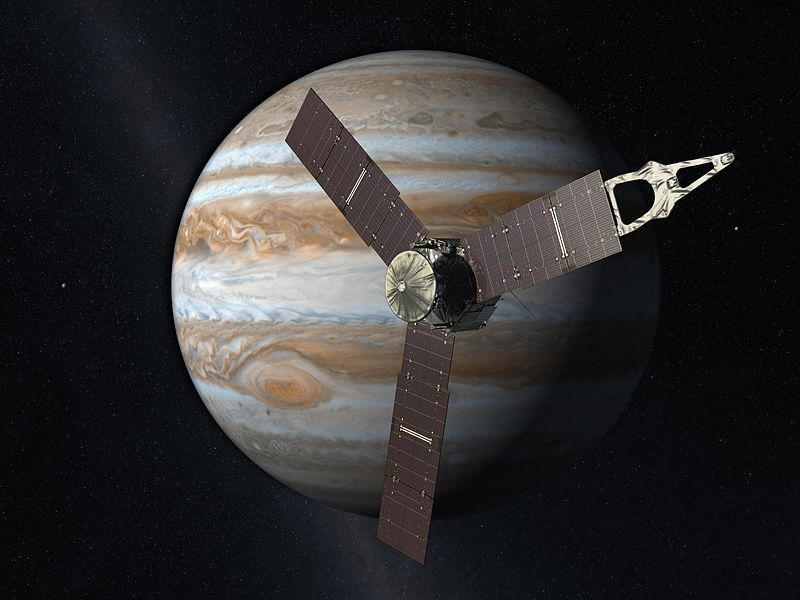
Photo: wonders-of-the-cosmos.tumblr 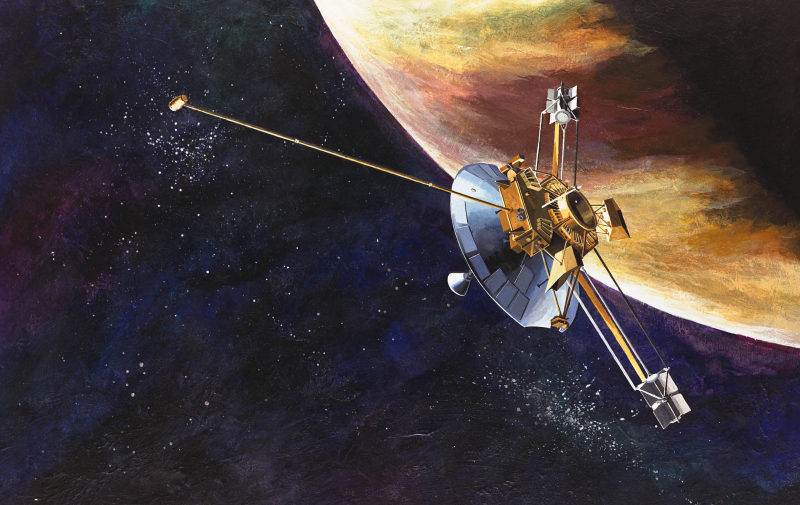
Photo: wikipedia -
One of the largest moons in the solar system, Europa, has a deep liquid ocean that is covered in thick ice, according to the Voyager and Galileo missions that carried spacecraft to Jupiter and its moons. Since Europa satisfies three crucial requirements, biochemically useful compounds, a source of energy, and a liquid solvent (water) in which dissolved components can chemically react with one another, scientists now believe that Europa may actually be able to harbor life, this is one of the interesting facts about Jupiter.
Despite the lack of evidence for life on the planet so far, Europa has become one of the Solar System's most likely candidates for possible habitability. Its under-ice ocean may contain life; it may even resemble Earth's deep-ocean hydrothermal vents. A 2016 NASA study indicated that mechanisms associated to serpentinization and ice-derived oxidants, which do not directly require volcanism, might produce levels of hydrogen and oxygen on Europa that are comparable to those on Earth, even if the planet lacks volcanic hydrothermal activity.
Scientists reported in 2015 that some geological structures on Europa may be coated in salt from a deep ocean, indicating that the ocean is interacting with the seabed. This could be crucial in figuring out whether Europa could support life. There have been calls to send a probe to Europa due to the potential presence of liquid water in contact with the rocky mantle of the planet.
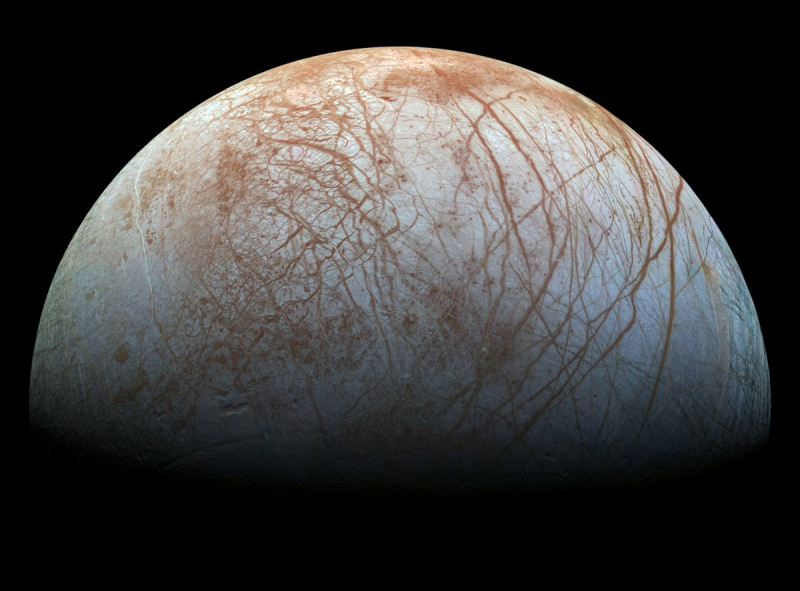
Photo: mps.mpg.de 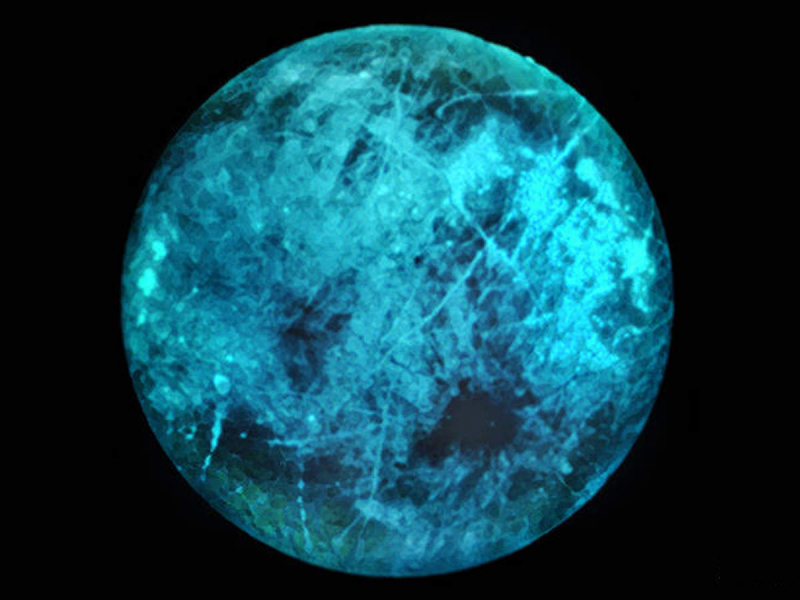
Photo: navbharattimes.indiatimes -
People occasionally get to enjoy nature's spectacular fireworks display, the Aurora borealis, often known as the Northern Lights. This stunning phenomena, which is not unique to Earth, is brought on by violent charged particle collisions with atoms in high altitude atmosphere. Mars, Uranus, and, yes, Jupiter has all seen auroras.
Astronomical observations show that Jupiter has the most spectacular aurora. Its brilliance exceeds that of the aurora on Earth by a factor of 100. Solar storms are what trigger auroras on Jupiter, much like they do on Earth.
Seven planets in our solar system feature auroras that have been seen by astronomers. They thus resemble aurora in general. However, Jupiter's auroras are particularly powerful, in part because of the charged particles that its orbital moon Io, known for its several large volcanoes, spews into space. Scientists may learn more about Jupiter's spectacular auroras from Juno, which is still orbiting the planet and its moons.
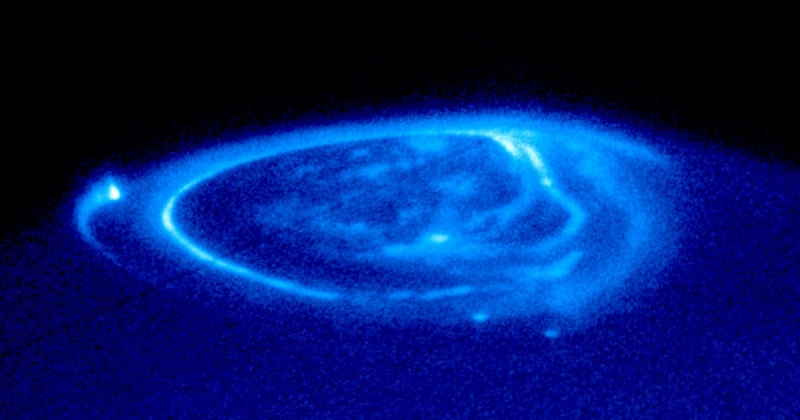
Photo: inverse 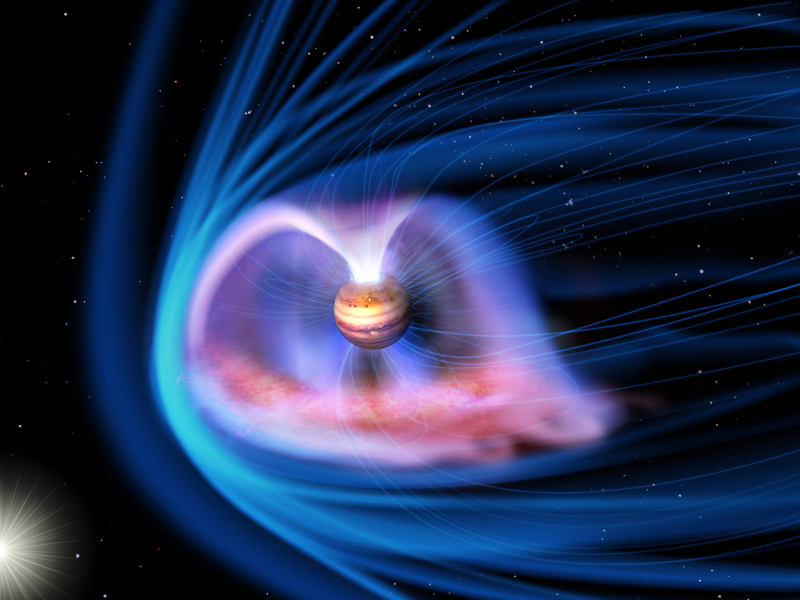
Photo: sci.news -
Jupiter receives a lot of guests because of its size and proximity to the Kuiper belt, a vast area of space beyond Neptune filled with asteroids and dwarf planets. Jupiter is thought to be hit by meteorites at least 200 times more frequently than Earth is. So, compliments to Jupiter for removing any possibly harmful asteroids that may have gotten dangerously close to Earth from the solar system.
The collision of SL9 highlighted Jupiter's function as the inner Solar System's "cosmic vacuum cleaner" (Jupiter barrier). The rate of cometary impacts on Jupiter is predicted to be between 2,000 and 8,000 times higher than the rate on Earth due to the planet's tremendous gravitational force, which causes many minor comets and asteroids to collide with the planet.
The Cretaceous-Paleogene impact event that produced the Chicxulub crater is generally believed to have been the reason for the extinction of the non-avian dinosaurs at the end of the Cretaceous period, proving that impacts pose a severe threat to life on Earth. According to astronomers' theories, extinction events might have been more frequent on Earth and sophisticated life may not have been able to evolve if Jupiter hadn't been there to catch any prospective impactors.
It was demonstrated in 2009 that the presence of a smaller planet at Jupiter's location in the Solar System may considerably increase the pace at which comets crash the Earth. A planet with Jupiter's mass still appears to offer more defense against asteroids, but it is unclear how this protection extends to all orbiting bodies in the Solar System. The nature of Jupiter's influence on Earth impacts is called into doubt by this model and other recent ones.
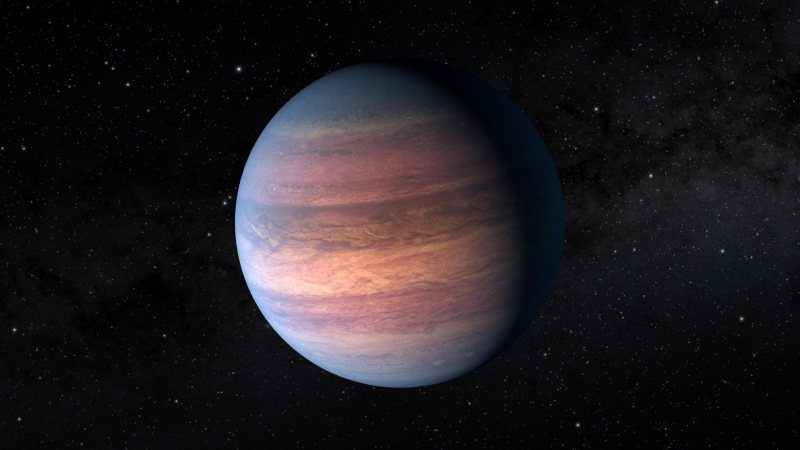
Photo: scitechdaily Source: Art youtube channel -
How did Jupiter obtain its name, considering that it has been known since very early times? The Romans gave the planets their names, and since the Roman Empire had the most influence over a significant chunk of contemporary society, astronomy still uses those names today. The Roman Empire had several names throughout history. Romans gave the planet the name Jupiter after their supreme god, who was also the thunder and sky god. Because it was the biggest object in the sky and consequently the most powerful, they decided to name the planet Jupiter after it.
Beginning as the sky god in the Roman pantheon, Jupiter was primarily concerned with wine festivals and was linked to the Capitol's sacred oak. He eventually began to worship the battle gods and began to assign the war's gains. He was credited for making the troops resilient and successful. In every oath, he was the primary witness. Along with Juno and Minerva, Jupiter served as the Capitoline Triad's chief deity. Throughout the Republican and Imperial eras, he remained Rome's top official deity until the pagan system was overthrown by Christianity. Because he was "the font of the auspices upon which the relationship of the city with the gods rested," Jupiter granted Rome sovereignty. He represented the divine authority of Rome's top positions, internal structure, and external contacts; the Republican and Imperial Capitols had images of him wearing regalia similar to that of Rome's early monarchs as well as the highest consular and imperial honors. Roman consuls invoked Jupiter when taking the oath of office. They presented him with a white, castrated ox with gold-rimmed horns as a token of appreciation for his assistance and to win his ongoing loyalty.
The names of planets, the moon, and several other celestial bodies are frequently derived from characters in Greek or Roman mythology, and the same is true of their astrological symbols. Examples include Saturn, the God of Time and father of Jupiter, Mercury, the Messenger, Neptune, the God of the Sea, Mars, the God of War, Uranus, the God of Saturn, Venus, the Goddess of Love, and Earth, which is the only planet to deviate from Greco-Roman convention.
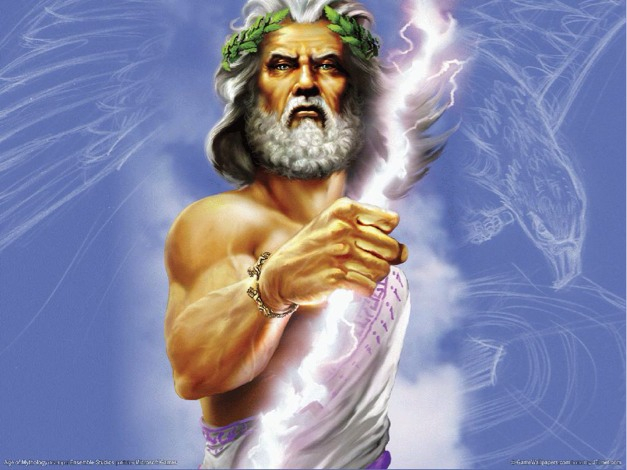
Photo: flowvella 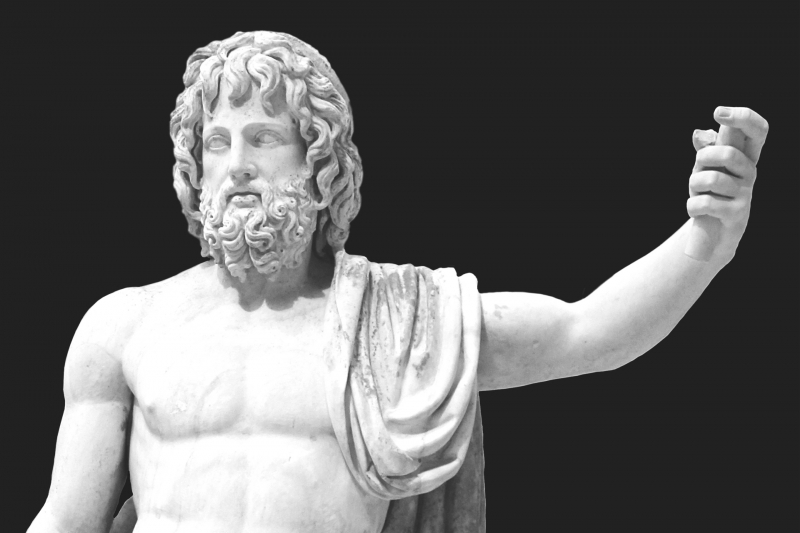
Photo: mythopedia































